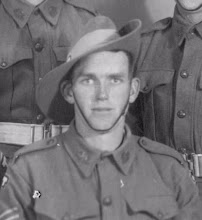The final resting place of HMS Ladybird.
Down but not out, a battered naval ensign still flies on the mast of HMS Ladybird as she rests stricken on the floor of Tobruk Harbour. Destroyed by dive bombers she was put to work as an anti-aircraft platform to destroy the very planes that sunk her.
HMS Ladybird was an insect class gunboat of the Royal Navy built in 1916 initially for patrol work along the River Danube during World War One. It was involved in the Panay incident in 1937 where Japanese artillery fired upon her near China. Posted to Singapore it was stripped down and towed to the Mediterranean in 1940.
Damaged sustained en route limited the Ladybird's speed to 7 kilometres per hour due to her misaligned hull. Stationed at Port Said in Egypt in a protective role it was utilised in one failed attack on an Italian island by a group of Royal Marines that saw it hit with an aerial bomb and severely damaged. Repaired it was then pressed into work as a part of the "Tobruk Ferry", the vital naval supply convoy that would restock Tobruk under cover of darkness with everything from reinforcements to ammunition, food and medical supplies. Tanks were even delivered to the garrison during the siege by the "Ferry".
It was during one such resupply operation on 12th May, 1941 that Ladybird was hit by dive bombers and set on fire. Settling on an even keel in 10 feet of water Ladybird's 3 inch guns were still functional and above the water line. Morshead immediately put the wreck and the deck guns to work as a static anti-aircraft platform. Men were stationed aboard the wreck to man the guns and even set up living quarters inside the wrecked hull.
Ladybird was damaged by aerial bombs and shrapnel many times during the siege but the men stationed aboard took down more than their fair share of Stukas by way of compensation.
images 020572 and 020569 Australian War Memorial.
 A 3 inch Deck gun on Ladybird.
A 3 inch Deck gun on Ladybird.









